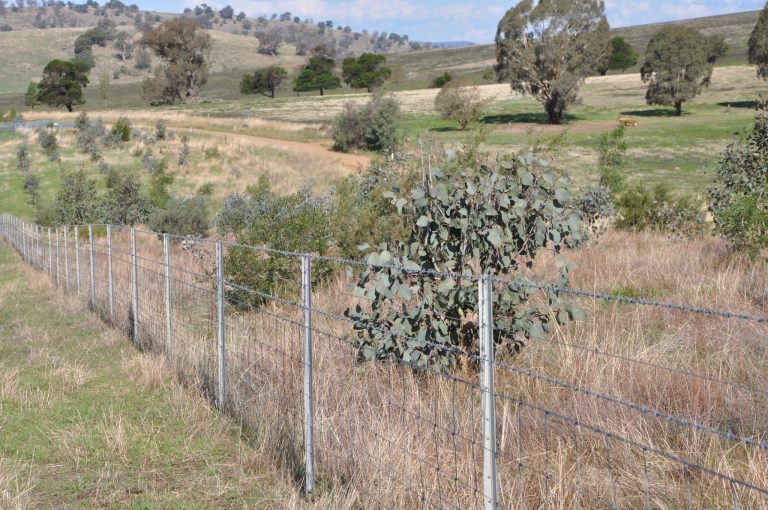Landcare-Led Landscape Resilience – tools and data for restoration decisions
Trial and Demonstration Sites
If you are interested in hosting a demonstration site on your property - contact the HLN Office on 6036 3181
For 30 years, Landcare has driven grassroots change in natural resource management and landscape restoration, created local knowledge and experience and pioneered an ethical mind-shift in communities. A new era is upon us. Farmers & the Landcare community need to adjust to a future of natural capital income streams forming part of farm business and drought resilience strategies. Decisions about livestock numbers and pasture management made in response to drought conditions will be made easier by the ability to access these markets as alternative income streams. The industry has a target of $100 billion in agricultural exports by 2030 and expects that 5% of this will be in the form of environmental income streams. These will form part of a farm business resilience strategy in the future, ensuring that during drought or other weather extremes, there is an alternative strategy in managing land and stock numbers and being able to maintain viable farm businesses and contribute to maintaining the public good natural capital.

The project will focus on the following key actions:
1. The South-West Slopes & Riverina Revegetation Guides will be updated to ensure they best-practice revegetation techniques, to help guide site selection, site preparation, species selection, planting, ongoing maintenance and monitoring practices. The Guides will aim to build resilience into revegetation plantings, considering the effects of climate change.
2. Current methods will be analysed and refined to ensure that works are implemented with the best available current knowledge, improving the effectiveness of efforts to deliver cost effective, sustainable and climate ready revegetation and restoration projects at an agronomic level.
3. The establishment and development of a local network of demonstration sites utilising modern ‘best practice’ restoration and revegetation techniques. This will allow for the showcasing of the positive economic, production and environmental impacts of native vegetation restoration, as well as the collection of a robust datasets to inform future efforts. This will be supported by case studies and an effective communication strategy.
4. Lead a community of practice to prepare Landcare & farming communities for transition to market-based instruments to fund revegetation & increase the awareness and uptake of these alternative income streams to drive resilience to drought in farm businesses.
Future Drought Fund: Drought Resilient Soils and Landscapes Grants Program
This project is funded through the Federal Government’s Future Drought Fund (FDF) Drought Resilient Soils and Landscapes (DRSL) Grants Program.
The FDF is a long-term investment fund that provides a sustainable source of funding to help Australian farmers and agricultural-dependent communities and businesses become more prepared for and resilient to the impacts of drought.
The DRSL Grants Program funds projects that trial and demonstrate how scaling of particular practices (or combinations of practices) to improve management of natural capital can build drought resilience. Through this, the program aims to create and communicate an evidence-base and case studies that contribute to scaling out the successful practices.

